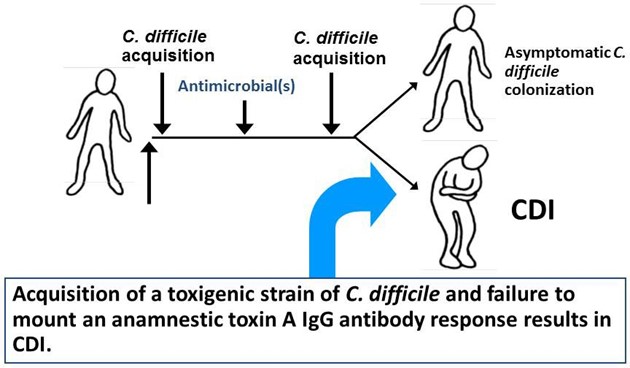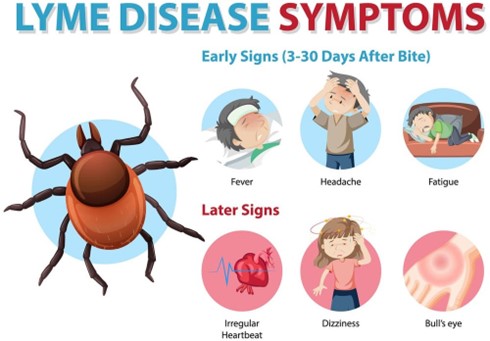A home health nurse is providing teaching to the guardian of a child who has leukemia about methods to prevent complications. Which following statement by the guardian indicates an understanding of the teaching?
"I should take my child's rectal temperature daily."
"I'm sure my child will feel beter now that he can ride his bicycle."
"I should inspect my child's mouth for sores once a week."
"I will make sure my child gets a measles, mumps, and rubella vaccine this week."
The Correct Answer is C
Children with leukemia are at increased risk for infection and other complications due to their weakened immune system. One potential complication is oral mucositis, which can cause painful sores in the mouth and throat. Inspecting the child's mouth for sores once a week is a preventive measure that can help identify this complication early and allow for prompt treatment.
Taking the child's rectal temperature daily (A) is not a necessary preventive measure for a child with leukemia unless directed by the healthcare provider.
Riding a bicycle (B) can be a healthy activity for a child with leukemia but it does not prevent complications.
Getting a measles, mumps, and rubella vaccine (D) is important for preventing these specific infectious diseases but it is not directly related to preventing complications in a child with leukemia. The vaccine may also not be recommended for a child with leukemia, depending on their treatment plan and medical history.

Nursing Test Bank
Naxlex Comprehensive Predictor Exams
Related Questions
Correct Answer is A
Explanation
Clostridium difficile is a highly contagious bacterium that can survive on surfaces for long periods of time. Cleaning the bathroom with a diluted bleach solution is an effective way to kill the bacteria and prevent its spread. The nurse should also instruct the client to wash their hands frequently with soap and water, as alcohol-based hand sanitizers are not effective against Clostridium difficile.
It is not necessary for the client to wear a surgical mask when away from home, as the bacteria is primarily spread through contact with contaminated surfaces. The use of probiotics may be beneficial in restoring the balance of gut bacteria in some cases, but there is limited evidence to support its use in preventing or treating Clostridium difficile infections.

Correct Answer is C
Explanation
State health departments are responsible for monitoring and reporting communicable diseases within their respective states to the Centers for Disease Control and Prevention. Lyme disease is a nationally notifiable disease, which means that cases must be reported to the Centers for Disease Control and Prevention by the state health department.

Whether you are a student looking to ace your exams or a practicing nurse seeking to enhance your expertise , our nursing education contents will empower you with the confidence and competence to make a difference in the lives of patients and become a respected leader in the healthcare field.
Visit Naxlex, invest in your future and unlock endless possibilities with our unparalleled nursing education contents today
Report Wrong Answer on the Current Question
Do you disagree with the answer? If yes, what is your expected answer? Explain.
Kindly be descriptive with the issue you are facing.
